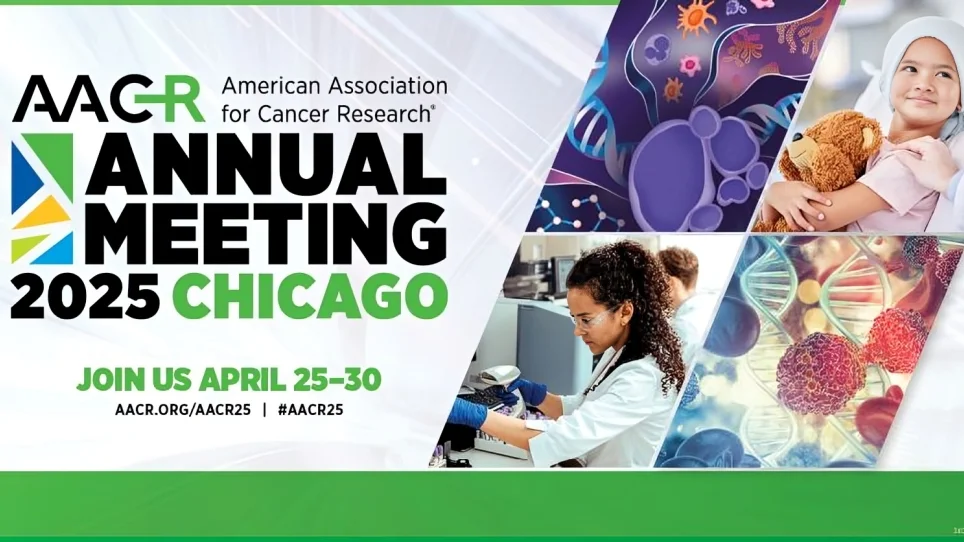


Outcomes Research
Something Positive for Triple-Negative
The first documented description of breast cancer dates to c. 3500 BCE, when breast tumor symptoms and characteristics were detailed in ancient Egyptian medical texts such as the Edwin Smith Papyrus. Over the following centuries, Hippocrates (460 BCE) and Galen (200 CE), postulated their own theories, blaming an “excess of black bile” for the disease while prevailing treatments included opium and castor oil. In the 18th century, surgical resection was established as an alternative but its efficacy as a cure was limited to only small, localized cancers that could be completely removed.
Science advances in the early 20th century propelled the field of cancer research and transformed many cancer diagnoses from hopeless to treatable. During these early years, the first U.S. government-supported facility for cancer research was opened in Buffalo, N.Y., and the nation's first hospital solely devoted to cancer care was established in Philadelphia. In 1907, four surgeons, five pathologists, and two biochemists founded the American Association for Cancer Research (AACR) with the aim of disseminating the highest quality research.

Houston Methodist researchers continue to contribute to this legacy of progress in cancer research. One such project on triple-negative breast cancer (TNBC) by an interdisciplinary Houston Methodist team is to be presented at the 2025 annual AACR meeting. TNBC is a fast-growing breast cancer with cells that 1) lack estrogen or progesterone receptors (ER or PR); 2) make little or no human epidermal growth factor receptor 2 (HER2); and as a result, 3) don’t respond to drugs that target ER, PR, or HER2. TNBC is aggressive, spreads quickly, and often develops resistance to multiple chemotherapy drugs. TNBC is especially difficult to treat, has a higher risk of recurrence and metastasis within three years and poor prognosis. Current treatments include neoadjuvant chemotherapy and immune checkpoint blockade, which are inadequate for many patients.
To develop more predictive preclinical models to drive the rational design of targeted neoadjuvant candidates and increase success of future clinical trials, the Houston Methodist team combined cancer research, protein engineering, nanoparticle generation and RNA therapeutics. At the 2025 AACR meeting, they will showcase their humanized patient-derived xenograft (hu-PDX) murine model of TNBC.
Our results are promising and support the use of hu-PDX mice as a preclinical model to validate targeted neoadjuvant candidates, mRNA doses and treatment schedules.
Jenny Chang, MD, MBBChir, MHCM
Executive Vice President and Chief Academic Officer, Houston Methodist; President & CEO, Academic Institute; Emily Herrmann Distinguished Chair in Cancer Research
The team is led by renowned experts: Francesca Taraballi, PhD, (Director, Center for Musculoskeletal regeneration), John Cooke, MD, PhD, (Director, Center for Cardiovascular Regeneration; Medical Director, Center for RNA Therapeutics), Jimmy Gollihar, PhD, (Head of the Antibody Discovery & Accelerated Protein Therapeutics (ADAPT) laboratory) and Jenny Chang, MD, MBBChir, MHCM, (Executive Vice President and Chief Academic Officer, Houston Methodist; President & CEO, Academic Institute; Emily Herrmann Distinguished Chair in Cancer Research). Postdoctoral fellow, Maria Chervo, PhD, was instrumental in conducting the preclinical studies in the Chang lab.
“The model uses highly immunocompromised models that are first engrafted with human immune cells, then engrafted with a human tumor [patient-derived xenografts (PDXs)] and recapitulates interactions between human immune cells and tumors to allow in vivo investigation of mRNA-based targeted neoadjuvant efficacy,” said Chervo.
The targeted neoadjuvant (Neo20) was generated by first synthesizing mRNA encoding 20 selected HLA-A2-restricted neoantigens. “We identified tumor neoantigens for this model using a proprietary algorithm that prioritizes antigen candidates on their likelihood to induce neoantigen-specific T-cell responses,” said Gollihar.
“We next encapsulated the newly synthesized mRNA into lipid nanoparticles (LNPs) and assessed the antigen in vivo using the hu-PDX TNBC mouse model,” said Taraballi. Once the tumors were established, animals were treated with the new antigen and evaluated for immunogenicity and tumor growth.
Their results show that 40% of the mice treated with the Neo20 antigen generated functional human T-cell subsets with HLA-A2-restricted immune responses against multiple antigen peptides. They also confirmed that the T cells could produce IFN-γ, TNF-α, and granzymes A and B, and demonstrated increased secretion of proinflammatory cytokines and T cell activation markers in the Neo20-treated group, which means they could drive effective antitumor responses.
“Our results are promising and support the use of hu-PDX models as a preclinical model to validate targeted neoadjuvant candidates, mRNA doses, and treatment schedules,” said Chang.
These studies led to the FDA's recent approval of a Phase Ib/II trial to evaluate mRNA-based targeted neoadjuvants in TNBC and the work remains ongoing. “We plan to further optimize the treatment protocol to improve neoantigen-specific T cells and associated anti-tumor responses,” said Cooke.
Heather Lander, PhD
March 2025
Share this story
Related Articles


